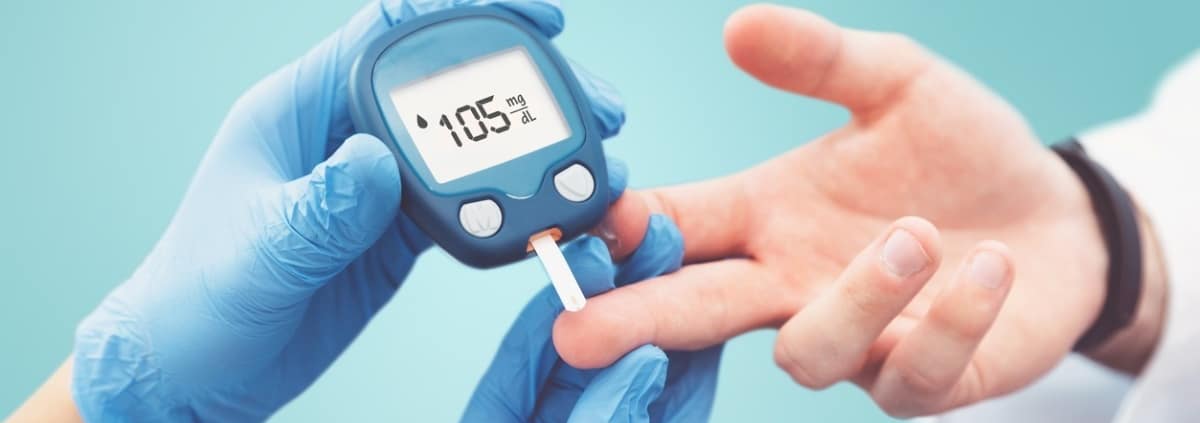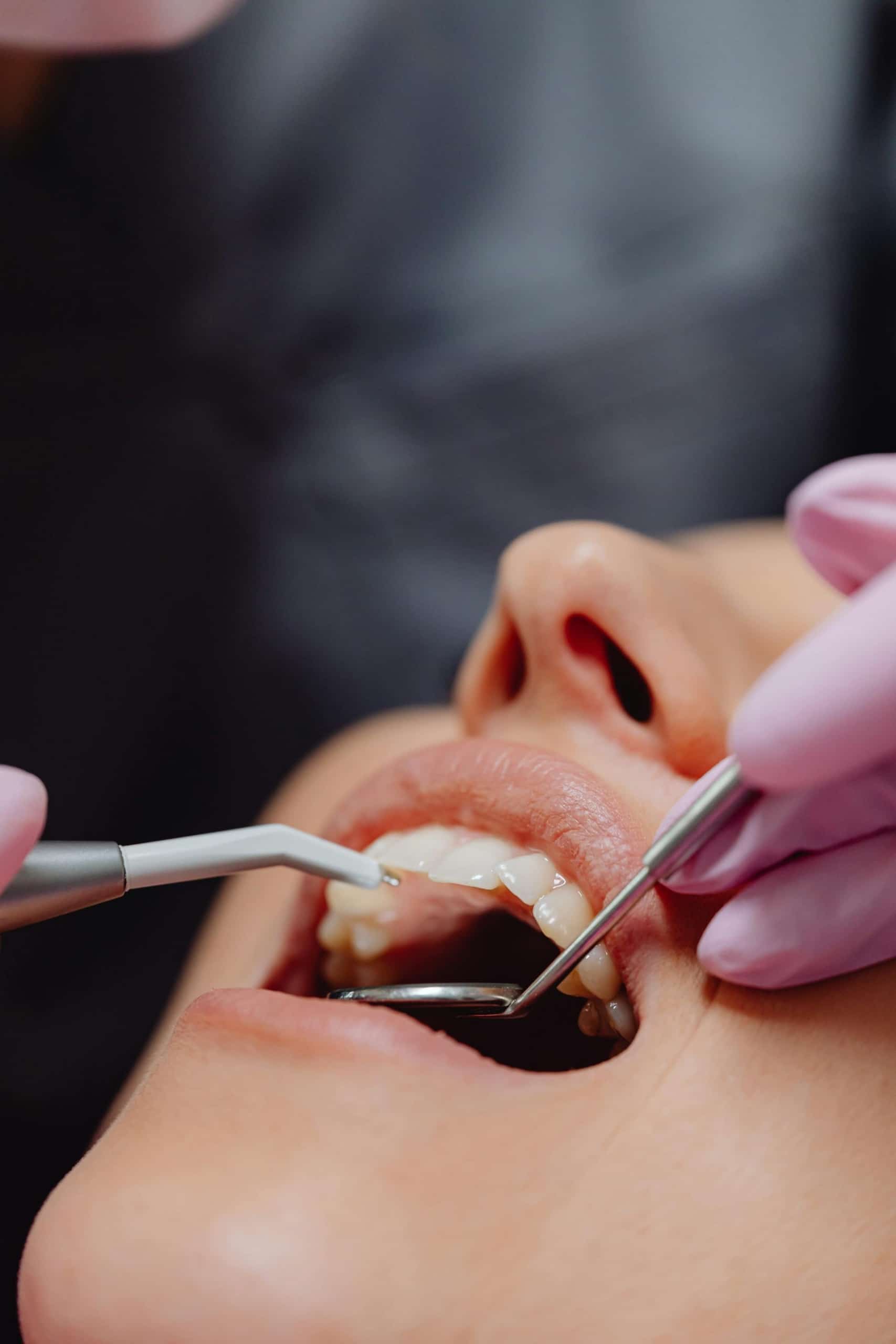A Simple Test That Can Change Your Life: Understanding Your A1C
A1C Test for Diabetes and Prediabetes
The A1C test, also known as the hemoglobin A1C or HbA1c test, is a simple blood test used to diagnose prediabetes and diabetes and to monitor your progress.
What Does the A1C Test Measure?
When you check your blood sugar at home, it’s just a snapshot of a single point in time. Since your blood sugar constantly changes, this doesn’t give you a complete picture. The A1C test is different—it measures your average blood sugar levels over the past 3 months.
Here’s how it works: When sugar enters your bloodstream, it attaches to hemoglobin, a protein in your red blood cells. Everyone has some sugar attached to their hemoglobin, but people with higher blood sugar levels have more. The A1C test measures the percentage of red blood cells with sugar-coated hemoglobin. Since your red blood cells regenerate roughly every 3 months, the A1C test provides an average of your blood sugar levels for that period.
A1C Is Just Part of Your Toolkit
While the A1C test is an important tool for understanding your blood sugar, it doesn’t replace home monitoring. It’s also important to learn how your blood sugar changes throughout the day so you can make adjustments as you go.
Getting Tested
Preparing
The A1C test is done at a doctor’s office or a lab, where a blood sample will be drawn from your finger or arm. You do not need to fast before an A1C test, though your doctor might run other tests at the same time, like cholesterol, that do require fasting.
Testing
It is recommended that you get an A1C test if you are over the age of 45. Testing is also recommended if you are younger but are overweight and have any other risk factors for prediabetes and type 2 diabetes.
If your result is normal (below 5.7%): Your doctor will recommend a re-testing schedule based on your age and risk factors.
If your result shows prediabetes (5.7% to 6.4%): You can take steps right away to reverse prediabetes or to prevent or delay type 2 diabetes. Talk to your doctor to get started—they will likely recommend you repeat your A1C every 1 to 2 years.
If your result shows diabetes (6.5% or above): Your doctor will give you instructions on how to manage your condition with lifestyle changes, and may prescribe medicine. Most people with diabetes have their A1C tested at least twice a year, though you may need to check more often depending on your management plan or other health conditions.
A1C Results
The following ranges are used to diagnose prediabetes and diabetes:
- Normal: below 5.7%
- Prediabetes: 5.7% to 6.4%
- Diabetes: 6.5% or above , For people living with diabetes, your A1C also shows how well managed your condition is. The A1C test can estimate your average blood sugar:
- A1C 6 = Estimated Average Glucose 126 mg/dL
- A1C 8 = Estimated Average Glucose 154 mg/dL
A1C Goals
For most people with diabetes, the A1C goal is 7% or less. Your doctor will determine your specific goal based on your full medical history. Higher A1C levels are linked to health complications, so reaching and maintaining your goal is key to living well with diabetes.
With lifestyle changes and medicine, some people with diabetes can reach an A1C below 6.5%. This doesn’t mean their condition is gone, but it does mean their blood sugar is usually well managed.
Things That Affect A1C Accuracy
Several factors can either falsely increase or decrease your A1C result:
- Severe anemia
- Kidney failure
- Liver disease
- Certain blood disorders like sickle cell anemia or thalassemia
- Certain medicines, including opioids and some HIV medications
- Blood loss or blood transfusions
- Early or late pregnancy
Be sure to let your doctor know if any of these factors apply to you. For any inquiries, please contact us!







Leave a Reply
Want to join the discussion?Feel free to contribute!